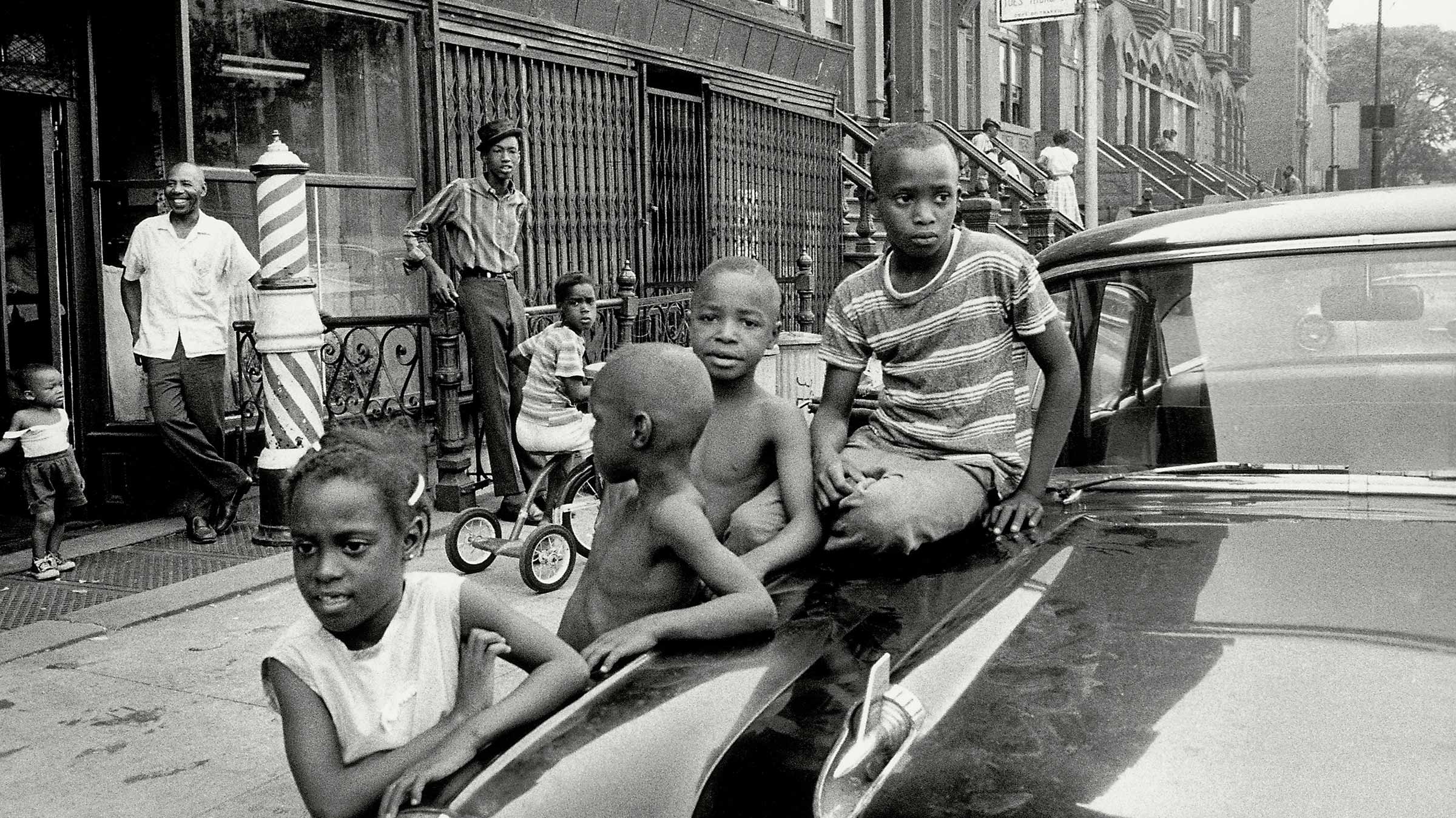Across the city, black and hispanic people are arrested for low-level marijuana offenses at a rate eight times higher than white people according to a recent investigation by the New York Times.
It’s beyond question that policing in America means very different things to black people and white people. And there is no better lens to look at the disparity between how these populations are treated than with that mostly-illegal substance marijuana. In New York City, a “liberal” city that has relaxed its approach to marijuana-related offenses under Mayor Bill de Blasio, where most officers are instructed to provide citations for possession instead of arresting residents, the disparity in arrests affects predominantly black and hispanic communities at a rate eight times higher than white communities, according to the New York Times.
The NYPD would have you believe that the reason for this disparity isn’t related to hitting quotas, increased police presences in so-called troubled neighborhoods, or a general inability to police communities without racial bias, but, instead, that they get more calls and complaints from black and hispanic residents about the faint smell of a smoldering joints and thus are forced to intervene and arrest at a higher rate. The Times, in their review of city-wide arrest data and in interviews with defendants facing marijuana charges, found that complaints from neighborhoods across the city came at the same rate, but that arrests didn’t comply with this trend.
The racial bias can be mapped in stunning detail. In Manhattan, alone, black people are 15 times more likely to be arrested for marijuana possession than white people. Take another instance in Queens, where reporters compared arrest data between the ultra-affluent Forest Hills neighborhood and the predominantly black Queens Village. The bias remained even when zooming in at this particular area. “In Queens,” say the Times, “the marijuana arrest rate is more than 10 times as high in the precinct covering Queens Village as it is in a precinct that serves Forest Hills. Both got marijuana complaints at the same rate, but the Queens Village precinct is just over half black, while the one covering Forest Hills has a tiny portion of black residents.”
The Times also looked closely at predominantly white communities and found still that blacks or hispanics comprised the bulk of marijuana-related arrests. In the Upper West Side, black and hispanic residents make up 70 percent of arrests in a community where they are outnumbered by their white neighbors six to one. Another white enclave, Park Slope, reflects the same as black or hispanics represent 75 percent of marijuana arrests in a community where they make up just one fifth of the population.
Black and hispanic people are arrested at a rate three and a half times higher than the national average, leading to lost wages and jobs. In effect, draining a community of their resources. The impact of this policing always drains resources the states could be reinvesting into communities. In 2013, the ACLU estimated that states spent a combined $3.6 billion to enforcing marijuana drug laws.
Of course, in the background looms a payday for the (mostly) white entrepreneurs looking to cash in the possibility of marijuana being legalized on a federal level, a potential $75 billion market for those who haven’t been tainted by a low-level marijuana arrest. All the more reason that the necessity of de-criminalization and legalization could just be one small, but vital step, in repairing the damage done to black and hispanic communities by racially biased policing.



















